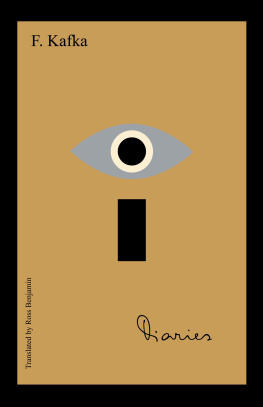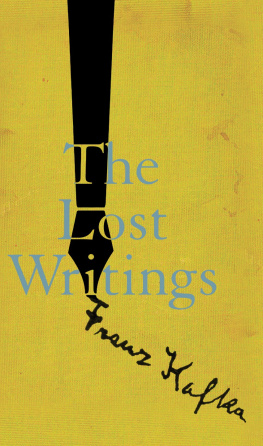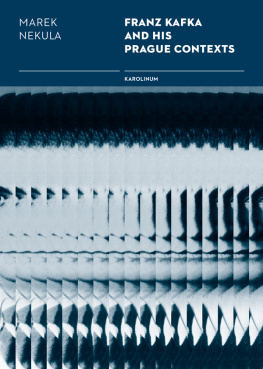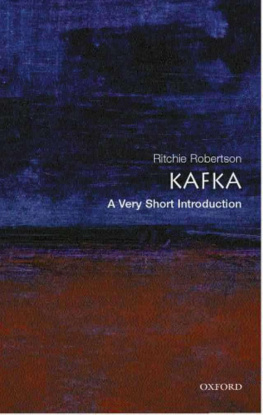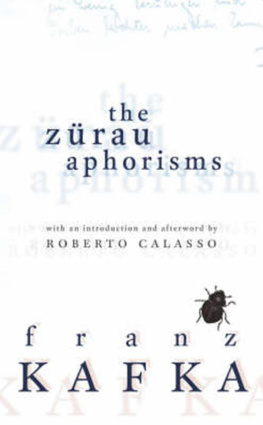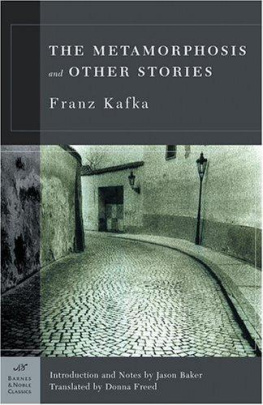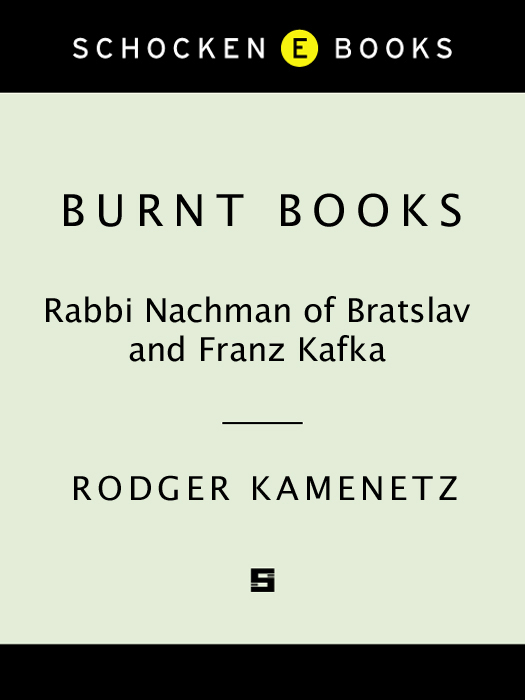JEWISH ENCOUNTERS
Jonathan Rosen, General Editor
Jewish Encounters is a collaboration between Schocken and Nextbook, a project devoted to the promotion of Jewish literature, culture, and ideas.
>nextbook
PUBLISHED
THE LIFE OF DAVID Robert Pinsky
MAIMONIDES Sherwin B. Nuland
BARNEY ROSS Douglas Century
BETRAYING SPINOZA Rebecca Goldstein
EMMA LAZARUS Esther Schor
THE WICKED SON David Mamet
MARC CHAGALL Jonathan Wilson
JEWS AND POWER Ruth R. Wisse
BENJAMIN DISRAELI Adam Kirsch
RESURRECTING HEBREW Ilan Stavans
THE JEWISH BODY Melvin Konner
RASHI Elie Wiesel
A FINE ROMANCE David Lehman
YEHUDA HALEVI Hillel Halkin
HILLEL Joseph Telushkin
BURNT BOOKS Rodger Kamenetz
FORTHCOMING
THE WORLDS OF SHOLOM ALEICHEM Jeremy Dauber
ABRAHAM Alan M. Dershowitz
MOSES Stephen J. Dubner
BIROBIJAN Masha Gessen
JUDAH MACCABEE Jeffrey Goldberg
SACRED TRASH Adina Hoffman and Peter Cole
THE DAIRY RESTAURANT Ben Katchor
JOB Rabbi Harold S. Kushner
ABRAHAM CAHAN Seth Lipsky
THE EICHMANN TRIAL Deborah E. Lipstadt
SHOW OF SHOWS David Margolick
JEWS AND MONEY Daphne Merkin
DAVID BEN-GURION Shimon Peres and David Landau
WHEN GRANT EXPELLED THE JEWS Jonathan Sarna
MESSIANISM Leon Wieseltier
Copyright 2010 by Metaphor, Inc.
All rights reserved. Published in the United States by Schocken Books, a division of Random House, Inc., New York, and in Canada by Random House of Canada Limited, Toronto.
Schocken Books and colophon are registered trademarks of Random House, Inc.
Library of Congress Cataloging-in-Publication Data Kamenetz, Rodger, [date]
Burnt books: Rabbi Nachman of Bratslav and Franz Kafka / Rodger Kamenetz.
p. cm.
eISBN: 978-0-307-37933-7
1. Nahman, of Bratslav, 17721811. 2. Kafka, Franz, 18831924. 3. Kamenetz, Rodger, [date]Travel. 4. CabalaHistory. 5. Hasidism. 6. HasidimLegends. I. Title.
BM755.N25K35 2010
296.8332092-dc22
[B] 2010010120
www.schocken.com
v3.1
For Anna Lisa Crone, my sister-in-law
MAY HER MEMORY BE A BLESSING
CONTENTS
Part I
Burnt Books
Part II
Parables and Paradoxes
Part III
Journeys
INTRODUCTION
Parallel Lives
R abbi Nachman of Bratslav and Franz Kafka. A nineteenth-century rebbe. A twentieth-century literary master. Two Jewish souls. When I hear the voice of one, I cant help but hear the other. Kafka is thoroughly secular and Rabbi Nachman is deeply religious. Kafka is a master of irony and Rabbi Nachman is a master of faith. Yet I feel a secret conversation between them and want to know how this can be.
I find a clue in something the scholar Gershom Scholem once said. To understand kabbalah in our time, first we would have to read Franz Kafka.
Now this is puzzling, considering what we know of Kafkas life. If Kafka is a kabbalist, hes the first with no deep working knowledge of Hebrew and no actual Jewish religious practice. But Gershom Scholems words carry weight. He was the foremost academic authority on Jewish mysticism in modern times.
Perhaps in a certain sly way, Scholem meant to change not our evaluation of Kafka, but what we mean by kabbalah in our time. The puzzle of Kafka the kabbalist makes more sense when you read him alongside Rabbi Nachman. A descendant of the Baal Shem Tov, Rabbi Nachman is the one great rebbe of the past who speaks most powerfully to our own skepticism and doubt. He is an acknowledged master of kabbalah.
The comparison grows more intriguing because in the last four years of his life Rabbi Nachman also became a master of fiction. He told a series of fantastic tales that brought something very new into Jewish literature. So here we have Kafka the teller of original tales and Rabbi Nachman the original teller of tales, Kafka the kabbalist and Rabbi Nachman the kabbalist.
As I engaged with the lives and writings of these two masters, the journey asked more of me than an intellectual puzzle. Kabbalah challenges us to read with more depth. It asks: What if all of our reading is secretly a sacred journey in which learning to read deeper deepens the reader?
The Zohar, the great medieval masterwork of kabbalah, proposes this mystical theory of reading. To the kabbalist, reading takes us through four levels of depth. At the deepest level, one arrives at a contemplation of an otherwise entirely hidden God.
Rabbi Nachmans tales take us on this journey in reading. If Professor Scholem was correct, so do Kafkas fictions. Below the plain meaning, one finds allusion to Jewish texts, original interpretations or midrash, and new portraits of God.
Theres another way to read their fictionsas autobiography of the soul.
Too often, Franz Kafkas work is read as simple autobiography, but I read in his fiction the struggle of a Jewish soul with modernity. Rabbi Nachman is always the secret hero of his tales, though in no simple sense. The soul he believes himself to be has had many lives and is so unaccountable, so distant from our ordinary conceptions, that it is exceedingly difficult to portray him. No one ever did, in the sense that we have no drawing, no portrait, no likeness. Usually hes represented by an empty chair. So trying to see him in any sense is difficult.
Thats true for Kafka as well, though for a very different reason. Rabbi Nachman left us no face, and Franz Kafka left us too many. Sometimes it seems there are as many Franz Kafkas as there are readers. Finding real portraits of these mentheir soul portraitsrequires a journey deep into their writing.
Their stories reveal the struggles of an intensely lived life, in which every moment and every gesture aches with meaning. This is how they lived and how they wrote, as if living out an intense story, or a deep dream.
As for outward circumstances, Rabbi Nachman lived a hundred years before Franz Kafka, and a thousand kilometers to the east. I see two men reaching for each other across space and time. But they dont quite touch. That near miss intrigues me.
Rabbi Nachman was a Hasidic rebbe concerned for the spiritual fate of the secular Jew, and Kafka a secular Jew who nourished himself with the tales of Hasidic rebbes. They lived on either end of the haskalah, the historic shift in Jewish life from religion to secularism, the Jewish Enlightenment. Rabbi Nachman feared the haskalah would bury the Jewish soul alive; Kafka lived the last third of his life seeking to uncover his.
One goal of the haskalah was full political emancipation for Jews. Rabbi Nachman witnessed the incipient Jewish secularism that came in the wake of Napoleons conquest of Europe. Kafka lived at the bleak end of the process when the high hopes of Jewish assimilation collapsed in the face of persistent hatred. Each man explored, in his own way, three elemental configurations of modern Jewish identity: religion, secularism, and Zionism.
Rabbi Nachman was a religious Jew responsive to the challenge of Jewish secularism; Kafka, a thoroughly secular Jew who loved the paradoxical parables of Hasidism. Rabbi Nachman journeyed to the land of Israel, and Kafka dreamed of journeying there to the end of his days. Their stories and their lives reflect deeply on one another.


